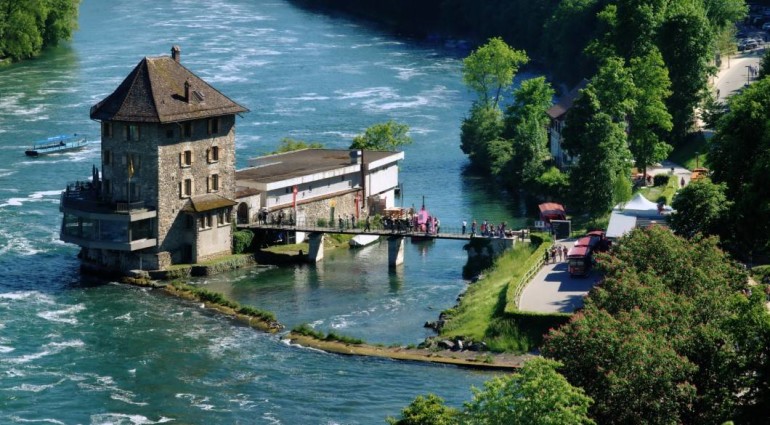Sponsored Listings:
The Swiss tourism industry has been in a crisis since the euro-franc shock in January 2015 but there are signs of recovery and it seems that the situation is gradually turning around. As a reminder, the Swiss National Bank caused the shock by lifting the previously applicable minimum euro exchange rate of 1.20 CHF per EUR.
As a result, the tourism industry had to accept a significant drop in sales. Instead of Europeans coming to Switzerland on holiday, the Swiss travelled in droves to neighboring countries to shop and spend their holiday there.
But the recovery of Swiss tourism has not been long in coming. According to the Swiss Federal Statistical Office, tourism in Switzerland recorded a total of 18.4 million overnight stays in the first half of 2018. This represents an increase of 3.8% over the same period of the previous year (+670 thousand overnight stays).
This increase is mainly due to the help of the Europeans, who registered an increase of 3.9% in stays (73 thousand). Germany provided the strongest absolute growth of all foreign source markets. “The Swiss tourism industry has long been doing its homework since January 2015, which means cutting costs, optimizing prices and making the offers more attractive with many additional services,” commented Markus Berger, press spokesman of Switzerland Tourism.
“Overall, the tourism recovery is seen all across the industry, in the hotels, cable cars and business trips,” Berger added. But is this development sufficiently robust and does it promise happier years to come?
For about 10 years, Basel economic researchers have been publishing comprehensive analyses of the competitiveness of the Swiss tourism industry compared to other Alpine countries such as France, Austria or Slovenia.
Lucerne has been the most successful summer destination in the Alps since 2007, with the exception of 2009 and 2011. It has a high density of attractions and benefits from its location on Lake Lucerne.
However, taking capacity utilization into account in the hotel industry confirms a trend that has been ongoing for around 10 years. Only Central Switzerland shows positive growth in the number of overnight stays in hotels in both summer and winter. Meanwhile, Gaubunden, Ticino and Vaudois Alps recorded a decline in the range of 0 to over 2%.
The negative development of the entire Alpine region is especially evident in the winter months. Especially in the cold period, the Austrian destinations have taken the lead and retained it for more than 10 years. Among the top 15 winter destinations, 13 are in Austria and only one is in Switzerland (Verbier).
Thus, the recent recovery for Swiss tourism is well deserved but at the same time, it forces every provider to compete with innovation and special services in the tough environment in order to stay on the market.
Source: tourism-review.com










